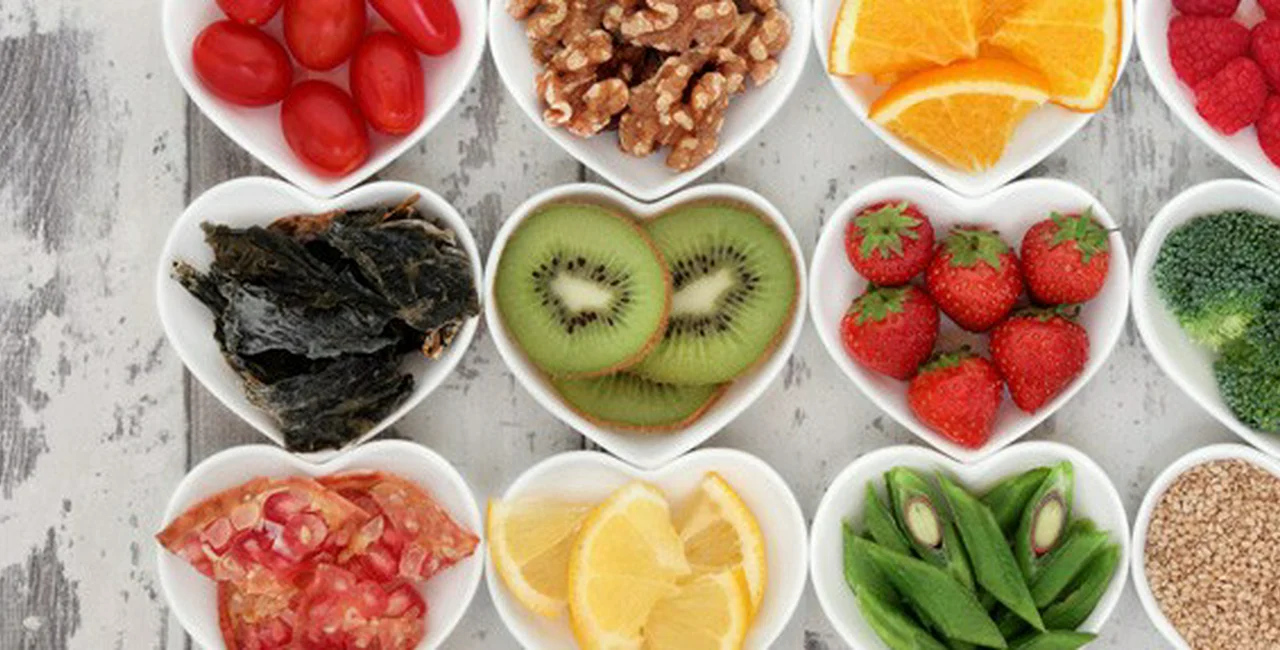Red or white? It´s a simple question, but the answer is fraught with difficulties. Wine experiences in Prague can be quite horrendous with quality often dubious and a typical choice varying wildly from place to place and bottle to bottle. To help solve some of the mystery behind choosing that perfect bottle, we consulted with Robert Myers, owner of V&R Imports (www.vrimports.cz), a local wine importer.
Myers began importing wine, mainly from Italy, in 2005. What started as a hobby (he´d retired to Prague with his new Czech wife and needed something to do) grew into a shop at Vinohradský Pavilon (now closed) and into a second location in Karlín in summer 2009. He now imports delicious varieties from Italy, Hungary, California and Chile. His shop also sells wines from a variety of other locations, including Argentina, France, South Africa, and of course, Czech Republic. One of his first suggestions, and how he works with customers in his shop, is to buy what you need at the time.
“We ask a lot of questions – is it a gift, for you, what are you eating with it, what do you normally drink – and then we suggest a wine based on the answers,” he said. “Choose a wine that will balance the meal, not overwhelm it.”
Myers said it´s a fallacy that wine makes food taste better; it is actually the other way around.
“One rule you can´t ignore: Drink what you like,” he said. “Often you´ll have a wine that won´t enhance the meal, but if you enjoy both, who cares?”
Another myth Myers quickly busted was the old adage of red wine with red meat, white wine with fish.
“It is true that the nature of white wine does go better with steamed fish and red wines are heavier in taste and texture so that flavor will balance better with something that is heavily seasoned, grilled, etc.” he said. “But, for example, I like white wine with pork because it balances.”
The acid level is another consideration when pairing your food and wine. This is what gives wine its sharpness, or tanginess. Before buying a bottle, ask if the wine has gone through its second fermentation. This removes the citric acid from the wine, leaving it less tangy and more smooth and rich.
Myers shared some basic tips on what makes a “good” red and white wine.
“A good red wine should have a good balance between tannins and acids; be well-rounded and layered which means it should have a good aroma. The first sip should be soft and fruity, but not too sweet, and then you should discern other flavors, chocolate, coffee, etc. The aftertaste should be long and lingering and have another set of flavors, reasonably fruity. In general, balanced,” he said. “A good white wine should also be well-balanced, but in a different way; a balance between acid and sugar. Whites are higher in sugars than tannins, so the more sugar the sweeter it will be.”
A familiar scenario: You´re on your way home from work, walk by a wine shop and pick up a bottle for dinner that night. Big mistake, Myers said.
“All wines need to rest for 12-24 hours,” he warned. “White wine should be properly cooled on the top or middle shelf of the refrigerator for 12-24 hours.”
And yes, you need to decant. No popping open a bottle of red and immediately pouring a glass.
“Red wine should sit in the bottle for 30 minutes to two hours depending on the type; decanting cuts the time in half,” Myers said. “And yes, white wine needs to be decanted too.”
By their nature, white wines don´t need as long to decant as reds; it´s the tannins that need to open up in the reds. Myers advised decanting whites for 15-20 minutes. Be sure to keep them cool while decanting – Myers recommends using a decanter set in a glass bowl full of ice.
Storing of wine isn´t as complicated as some people think. Myers said it is a myth bottles must be stored lying down; this is only necessary if you plan on keeping it for five years or more. He added that 98% of all wine produced is intended to be drunk within five years. Simply keeping the bottles at a constant temperature and out of the sunlight is enough. Myers is a strong believer in allowing wine to adapt to your environment. He recommends buying a six month supply and then replenishing monthly. This allows the wine to relax and (if it is a good bottle of wine) should guarantee you a smooth flavor.
So where does Myers go for wine, other than his shop of course? He enjoys the wine lists at both Aromi in Prague 2 and Ambiente Brasiliero in Prague 1. The best wine cellar in Prague though, he believes is at Le Terroir in Old Town. As for shops, Myers likes the variety and selection at L.C.Nicolas. His current top three favorites?
“Malbec Reserve from Argentina, Carmenere from Chile and a good Shiraz from anywhere,” he said.
Final tips?
“Go to a wine shop you trust – any shop that won´t let you taste the wine, you shouldn´t do business with,” he said. “And, unless you know the producers, it´s a crapshoot. Buying wine is not an easy thing.”












 Reading time: 4 minutes
Reading time: 4 minutes 

















